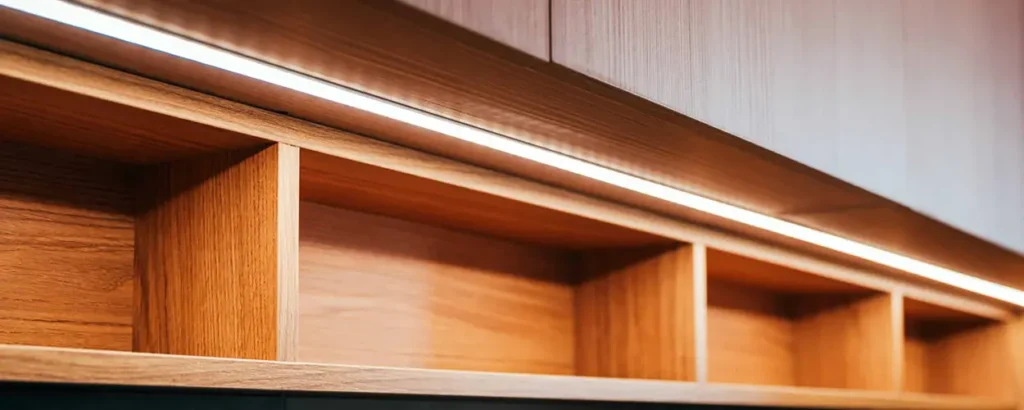When choosing furniture, durability is a key concern. Two of the most common materials—plywood and solid wood—each have their strengths and weaknesses. But which one lasts longer? This guide compares plywood and solid wood in terms of longevity, maintenance, cost, and suitability for different furniture types, helping you make an informed decision.
1. Durability: Which Material Holds Up Better Over Time?
Solid Wood: Classic Strength with Some Vulnerabilities
Solid wood is prized for its natural beauty and sturdiness. High-quality hardwoods like oak, maple, and walnut can last decades, even centuries, with proper care. However, solid wood is susceptible to:
- Warping and cracking due to humidity changes.
- Insect damage (e.g., termites) if untreated.
- Scratches and dents that require refinishing.
Plywood: Engineered for Stability
Plywood, made by layering thin wood veneers with adhesive, offers better resistance to:
- Moisture warping, making it ideal for kitchens and bathrooms.
- Expansion/contraction, as its cross-grain construction reduces movement.
- Structural stress, making it a strong choice for shelves and cabinets.
Winner for Durability?
- Solid wood excels in long-term resilience if maintained well.
- Plywood wins in humid environments and for heavy-use furniture.

2. Cost & Maintenance: Which Is More Budget-Friendly?
Solid Wood: Higher Initial Cost, Long-Term Investment
Pros:
- Increases in aesthetic value over time.
- Can be sanded and refinished multiple times.
Cons:
- Expensive upfront (e.g., solid oak vs. plywood cabinets).
- Requires regular polishing and humidity control.
Plywood: Affordable and Low-Maintenance
Pros:
- Cheaper than solid wood, making it ideal for budget projects.
- Requires minimal upkeep—no refinishing needed.
Cons:
- Cannot be refinished if the top veneer is damaged.
- Lower-end plywood may delaminate over time.
Best for Budget?
- Plywood is the economical choice for mass-produced furniture.
- Solid wood is better for heirloom-quality pieces.
3. Best Uses: Which Material Works for Different Furniture Types?
Best for Solid Wood:
- Tables & chairs (high durability with proper care).
- Bed frames & dressers (aesthetic appeal and longevity).
- Antique-style furniture (natural grain enhances value).
Best for Plywood:
- Kitchen cabinets (resists moisture better).
- Bookshelves & storage units (strong, stable layers for heavy loads).
- Modern, flat-pack furniture (cost-effective and lightweight).
Final Verdict: Which Should You Choose?
For longevity in dry, stable environments: Solid wood is superior.
For humid climates or budget-friendly projects: Plywood is more practical.
By understanding the strengths of each material, you can select the best option for your furniture needs. Whether you prioritize natural beauty or engineered resilience, both plywood and solid wood have unique advantages that make them suitable for different applications.

